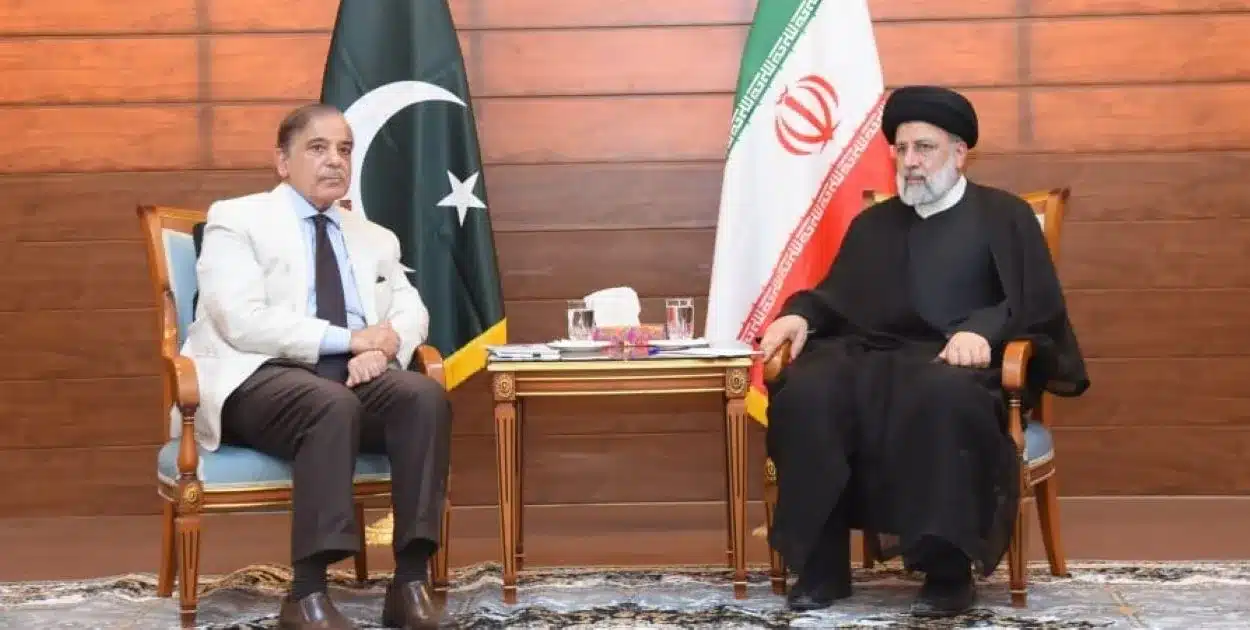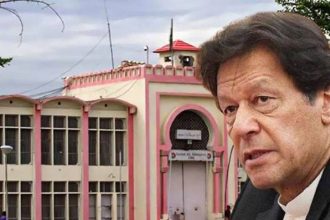Pakistan’s Prime Minister Shehbaz Sharif and Iranian President Seyed Ebrahim Raisi jointly opened the Mand-Pishin border market in a move designed to enhance bilateral commerce on Thursday.
The newly established Mand-Pishin border market is poised to be a vibrant hub for bolstering cross-border commerce, promoting economic progress, and presenting fresh opportunities for local enterprises. It’s worth noting that this market is one of six built along the Iran-Pakistan border.
Both leaders also symbolically planted a sapling at the border market site, signaling a progressive stride in their nations’ bilateral relationship.
Other Pakistani officials, including Foreign Minister Bilawal Bhutto-Zardari, Power Minister Khurram Dastagir, and Information Minister Marriyum Aurangzeb, joined Prime Minister Sharif. Representatives from both Pakistan and Iran also attended.
The Foreign Office declared in a statement on Wednesday that this joint inauguration underlines the firm commitment of both Iran and Pakistan to improve the well-being of the residents in the adjacent provinces of Balochistan and Sistan-o-Baluchestan.
Simultaneously, PM Sharif and President Raisi initiated a 100MW Polan-Gabd electricity transmission line project from Iran to Gwadar at the Mand-Pishin border crossing. The project, pending since 2009, was finished in a record time of four months under PM Sharif’s guidance.
According to Aurangzeb, this initiative will spark development, trade, business, and job opportunities, enhancing the future prosperity of Gwadar and Balochistan’s residents.
In an interview with the Islamic Republic News Agency (IRNA), PM Sharif emphasized the importance of robust cooperation with Iran, identifying energy projects and border markets as hallmarks of the strong friendship between Pakistan and Iran.
The prime minister asserted that the Mand-Pishin border market and the Polan-Gabd electricity project are tangible symbols of this joint commitment. He stated that border markets will improve socioeconomic conditions in the border regions while opening new avenues for local businesses.
He highlighted trade opportunities and acknowledged the vast potential and mutual interest in maximizing their trade potential. “Pakistan and Iran are committed to reaching an annual trade volume of $5 billion. In this respect, the operation of the barter trade mechanism is a significant step,” he said.
Additional Input from APP






